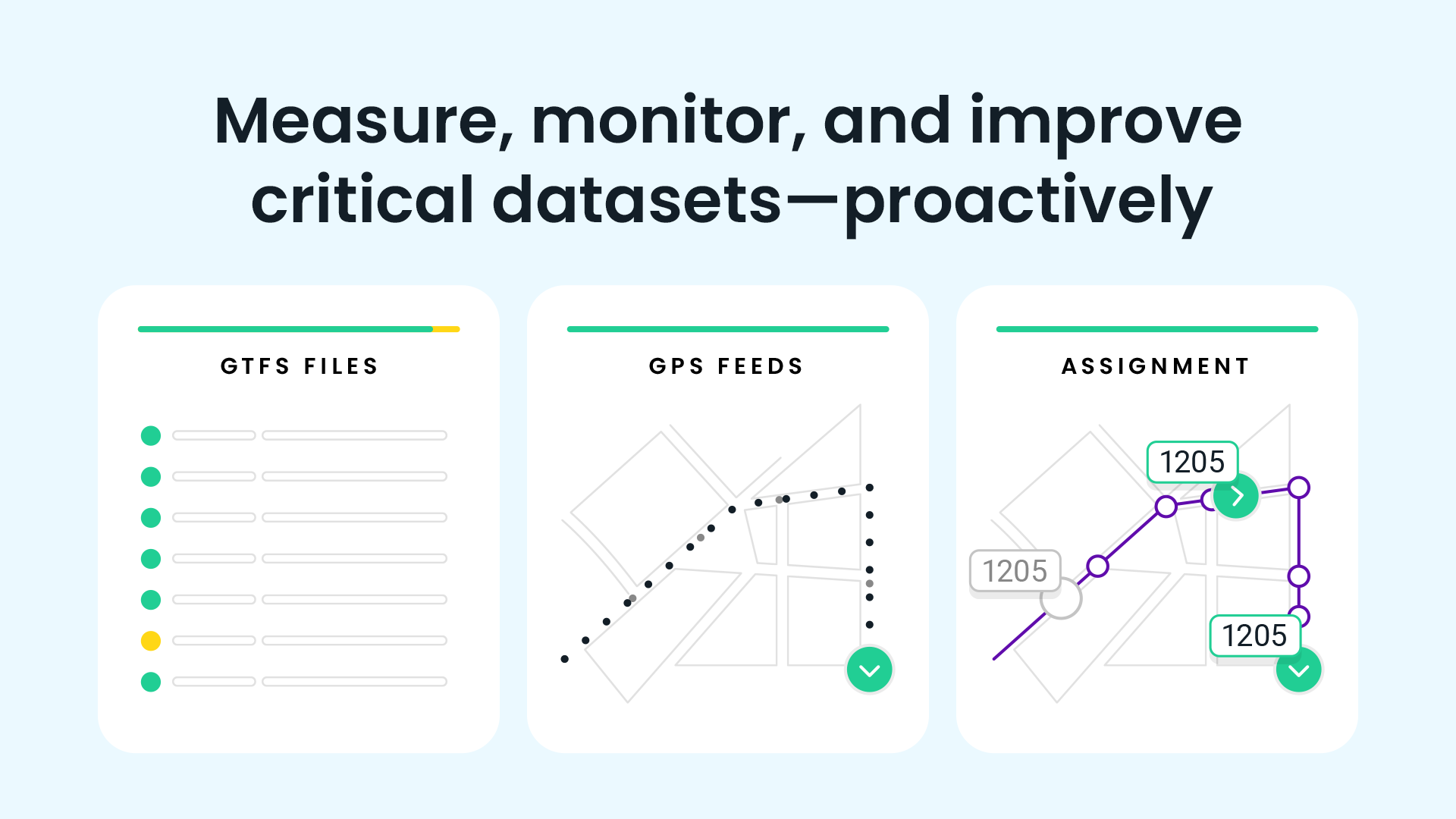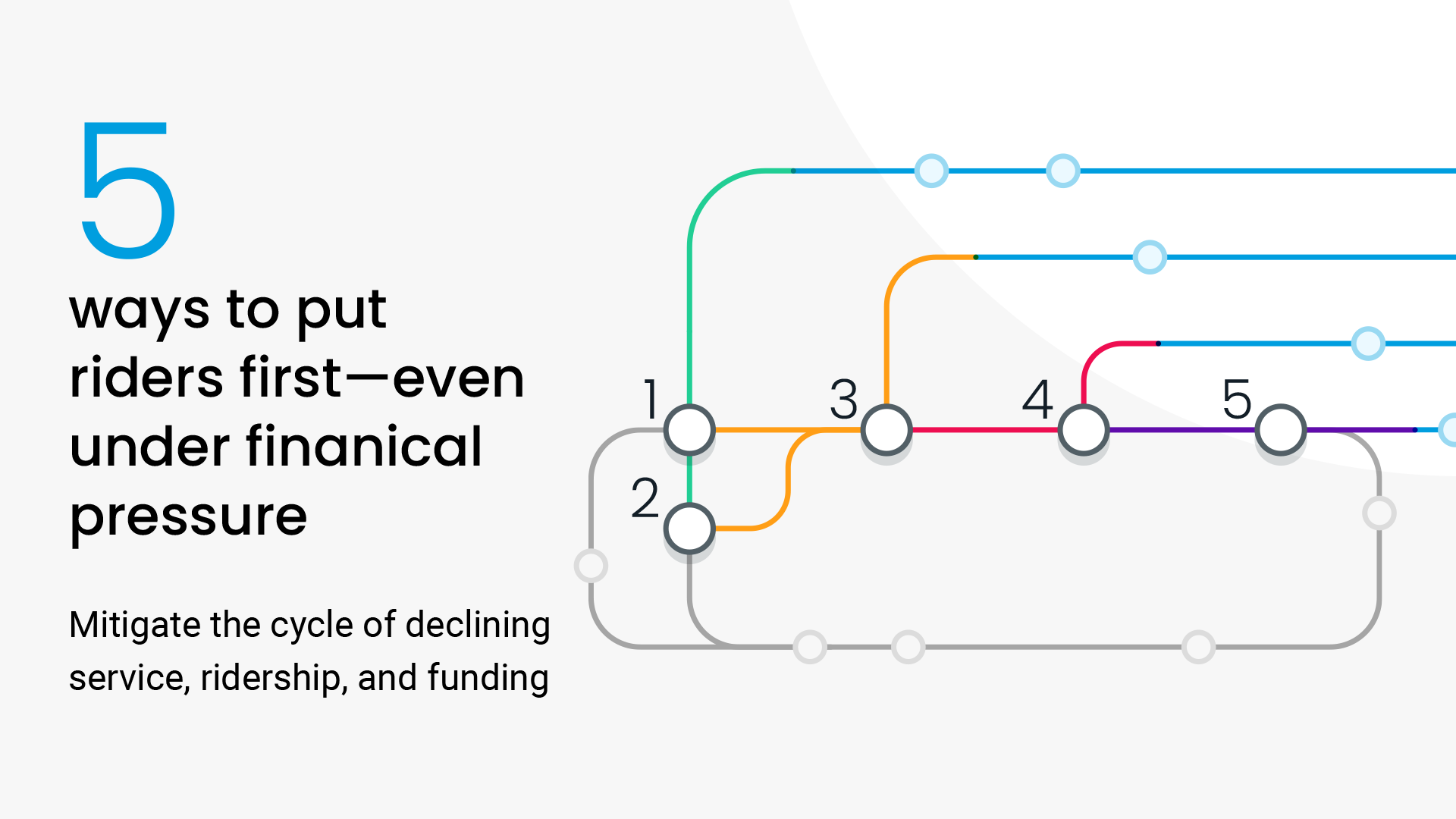
March 1, 2022
3G shutdown challenges point to gaps in transit technology

March 1, 2022
3G shutdown challenges point to gaps in transit technology
March 1, 2022
3G shutdown challenges point to gaps in transit technology
In 2017, the 2G wireless shutdown created challenges for transit agencies dependent on older equipment that was incompatible with more modern standards. Five years later, some agencies have once again found themselves under a time crunch to replace equipment as wireless providers shut down 3G networks this year.
The sunsetting of wireless networks is not the first technology challenge of its kind for the transit industry, nor will it be the last time agencies and vendors are forced to update equipment on a strict deadline. Agencies have struggled to update proprietary hardware in time for the shutdown, in part due to pandemic production delays.
As a result, agencies are experiencing outages in critical equipment responsible for tracking and displaying real-time updates, placing a burden on transit agency operations and interrupting critical services for riders. These issues have come as agencies are already struggling with staff shortages and communicating service changes to riders, putting additional strain on agencies.
The recurring issue of critical hardware updates points to a necessary evolution in the relationship between transit agencies and their technology providers.
What went wrong with the preparation for AT&T’s 3G shutdown
Several factors have led to the unfortunate reality of critical transit equipment being rendered temporarily inoperable by AT&T’s 3G network shutdown.
- Many transit agencies felt they did not receive sufficient notice of potential hardware issues from vendors. This abbreviated timeline left some agencies with no choice but to deal with offline hardware until replacements could arrive, leaving agency staff and riders cut off from service updates. Riders have come to expect real-time passenger information, and the 3G shutdown is interfering with agencies’ ability to deliver.
- Proactive partnership between a vendor and agency could have resulted in the hardware upgrade process beginning a year or more before the scheduled shutdown date. Ideally this process should involve auditing deployments of affected hardware and demonstrating solutions for replacement. By starting the process early and putting a solution into action, vendors can avoid leaving agencies with last-minute surprises that impact riders.
- The outsized wait time for replacements stems from another shortcoming of legacy transit technology solutions: proprietary hardware. Vendors relying on proprietary hardware give agencies few options when it comes time to replace devices. Faced with production delays, agencies have no recourse other than waiting. Supply chain issues tied to the global pandemic only exacerbate these bottlenecks. In conversations with agencies around the 3G shutdown, Swiftly has heard wait times for various proprietary hardware replacements ranging from one to six months.
The use of commodity hardware - equipment designed to be configured by the purchaser - insulates transit agencies from the risk of production delays (in addition to other benefits such as more competitive costs). Cloud-based software solutions built to open standards can provide powerful transit data capabilities while leveraging commodity hardware. Transit technology solutions that rely on proprietary hardware cannot match the benefits in availability and cost afforded by the scale of commodity hardware ecosystems. Swiftly has worked with agencies over the past few months to leverage the availability of commodity tablets, GPS trackers, and routers to mitigate the impacts of 3G deprecation on their operations.
To learn more about Swiftly’s solutions to help agencies overcome 3G hardware challenges, request a consultation with our team.
A new model for transit technology providers
Network shutdowns, software updates, and security patches all put stress on inflexible hardware deployments. The obstacles to effectively prepare for the 3G shutdown highlight the need for a new type of relationship between transit agencies and their technology vendors.
As we’ve seen from the challenges around AT&T’s 3G shutdown, agencies are limited by their investments in traditional on-premises transit software and proprietary hardware. In some situations, agencies have sought out these solutions for the convenience of relying on one vendor to provide a combination of hardware and software across a wide range of transit operations features. Ultimately, this model constricts innovation and reliability to the capabilities of a single vendor, limiting the resources that can contribute to the challenges at hand.
Swiftly was founded on the view that transit agencies and riders stand to benefit from the same modernization to cloud-based solutions that has revolutionized many private and public sector functions. We have built a public transit data platform designed around open standards and accessible data. Through standard data integrations and APIs, agencies can layer powerful hosted software offerings on top of modern, affordable commodity hardware. This deployment model enables agencies to leverage an ecosystem of best-in-class vendors for a comprehensive transit technology stack.
Without lock-in from expensive proprietary hardware, cloud-based vendors have incentives directly aligned with transit agency success. This results in a relationship with transit agencies based on:
- Agility and innovation instead of slow-moving product updates
- Flexibility and modularity over rigid solution options
- Accountability for issues rather than deferring responsibility to customer agencies
- Proactive solution engineering versus reacting after problems arise
Unfortunately, the 3G shutdown will not be the last shock to the system of proprietary transit hardware. We find this new dynamic is conducive to joint success for both transit agency and technology provider, whether in addressing immediate challenges such as the 3G shutdown or achieving long-term goals.
Request a demo
The rich text element allows you to create and format headings, paragraphs, blockquotes, images, and video all in one place instead of having to add and format them individually. Just double-click and easily create content.
Last Name, Agency

What’s a Rich Text element?
What’s a Rich Text element?
What’s a Rich Text element?
What’s a Rich Text element?
What’s a Rich Text element?
The rich text element allows you to create and format headings, paragraphs, blockquotes, images, and video all in one place instead of having to add and format them individually. Just double-click and easily create content.
Last Name, Agency
Static and dynamic content editing
A rich text element can be used with static or dynamic content. For static content, just drop it into any page and begin editing. For dynamic content, add a rich text field to any collection and then connect a rich text element to that field in the settings panel. Voila!
How to customize formatting for each rich text
Headings, paragraphs, blockquotes, figures, images, and figure captions can all be styled after a class is added to the rich text element using the "When inside of" nested selector system.
- text goes here
- text goes here
- text goes here
- text goes here
- text goes here
- text goes here









